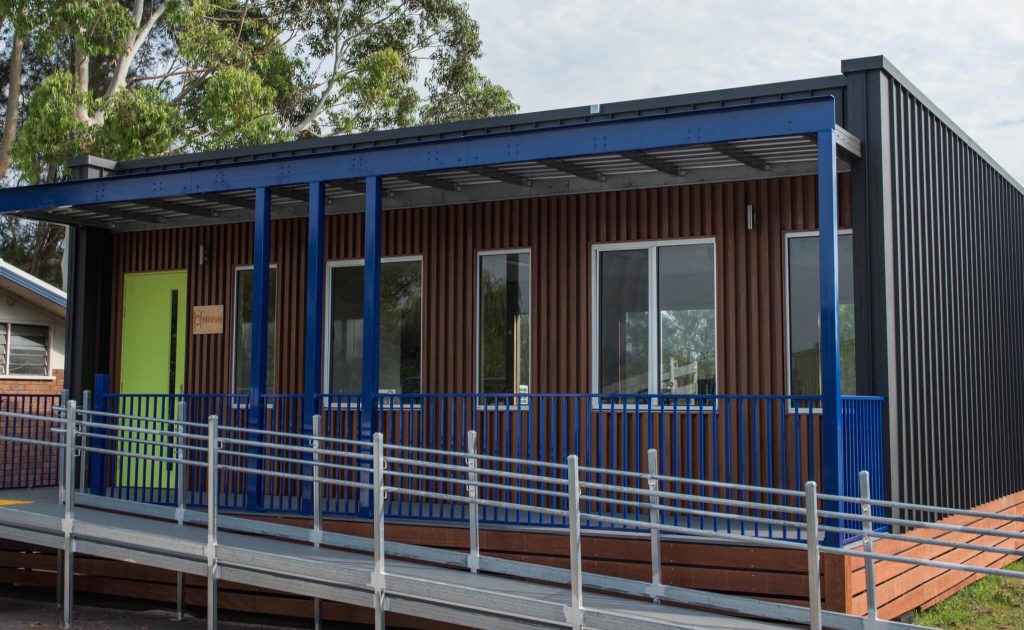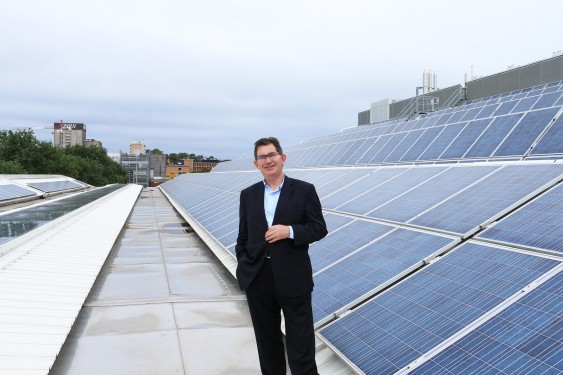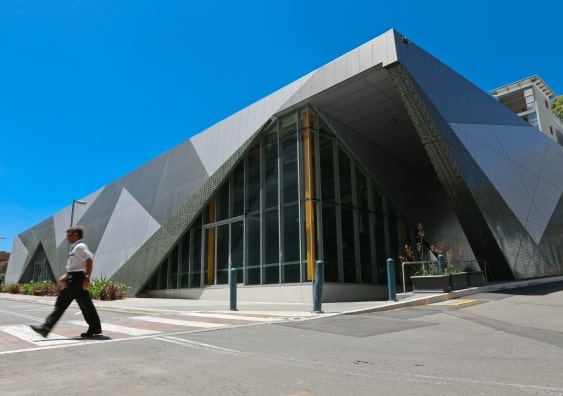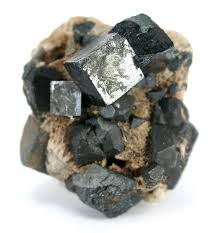The 20MW Emu Downs solar farm north of Perth, which is the largest solar farm in Western Australia and co-located with the 80MW Emu Downs wind farm and the under construction 130MW Badgingarra wind farm, has been completed. This will make the 230MW project the largest of its type, nationwide (for now!). It utilises single axis tracking technology from NextTracker and will help cover baseline power around lunchtime when wind patterns are weaker.
Emu Downs Solar Farm / Wind Farm
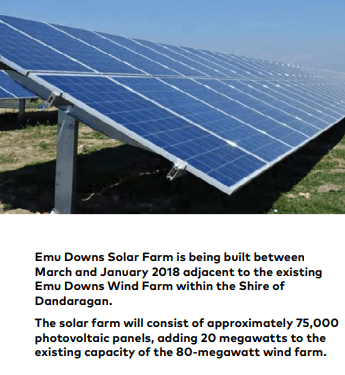
The Emu Downs wind + solar farm is the largest wind+solar project in Australia, beating the NSW Southern Tablelands’ Gullen Range Wind Farm and Gullen Solar Farm (165.5MW / 10MW respectively) It’s also bigger than the previous second biggest wind/solar White Rock Wind Farm and the White Rock Solar Farm (175MW / 20MW), located New England Tablelands of NSW.
APA received $5.5m funding from ARENA (Australian Renewable Energy Agency) back in 2017 for the 20 megawatt solar photovoltaic farm, also entering into a Power Purchase Agreement (PPA) to sell the electricity and STCs to energy provider Synergy until 2030.
This will make the Emu Downs facility the first of 12 large-scale solar farms ARENA funded – with three in NSW (Griffith, Parkes, and Dubbo) almost complete, according to RenewEconomy. Emu Downs’ $5.5m was part of $92m ARENA gave the 12 solar farms which will eventually output a massive 492MW.
APA CEO Mick McCormack made a statement in a media release to thank ARENA for helping them get the Emu Downs Solar Farm up and running:
“APA is grateful for ARENA’s support over a number of years to get this exciting project, APA’s first solar farm, constructed and delivering an enhanced energy solution from our combined wind and solar farm.”
APA also bought the Darling Downs Solar Farm from Origin in the middle of last year, and it’s expected to finished construction this year.

